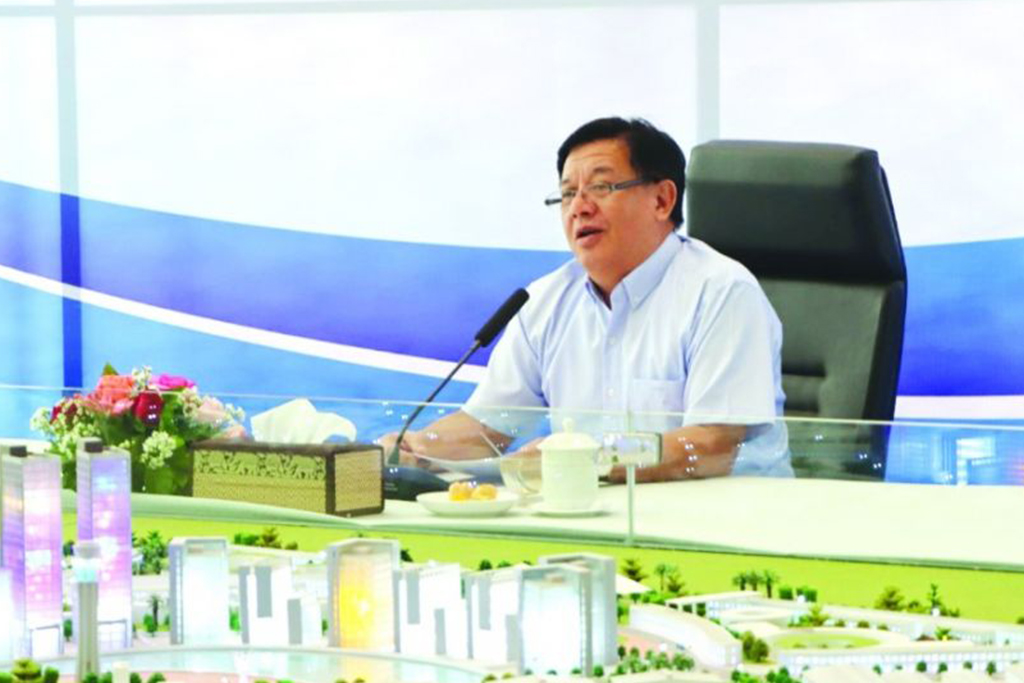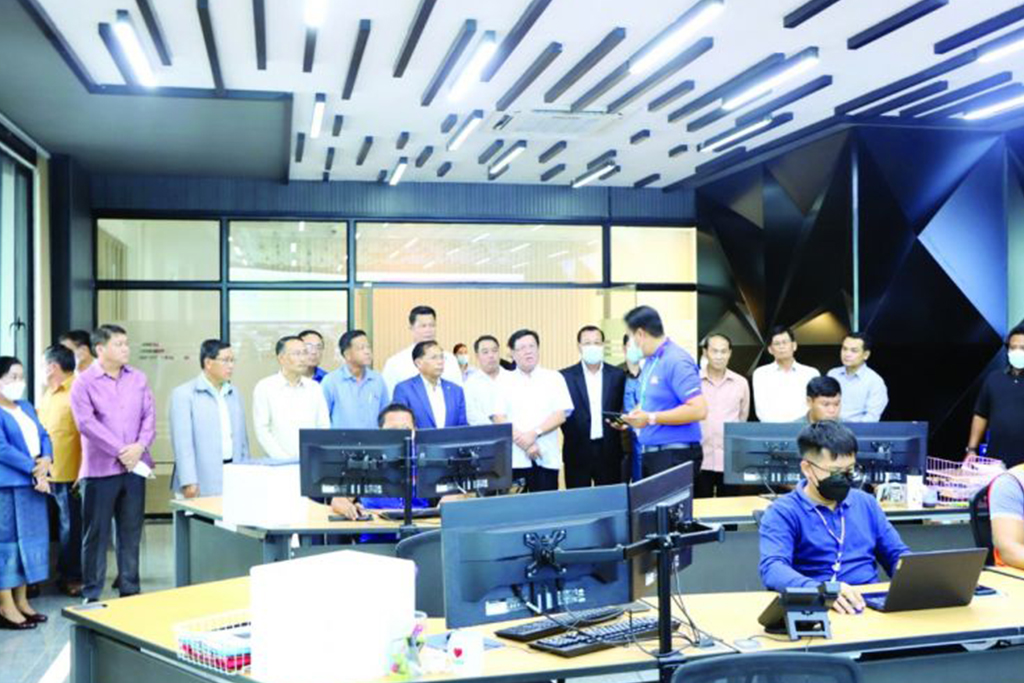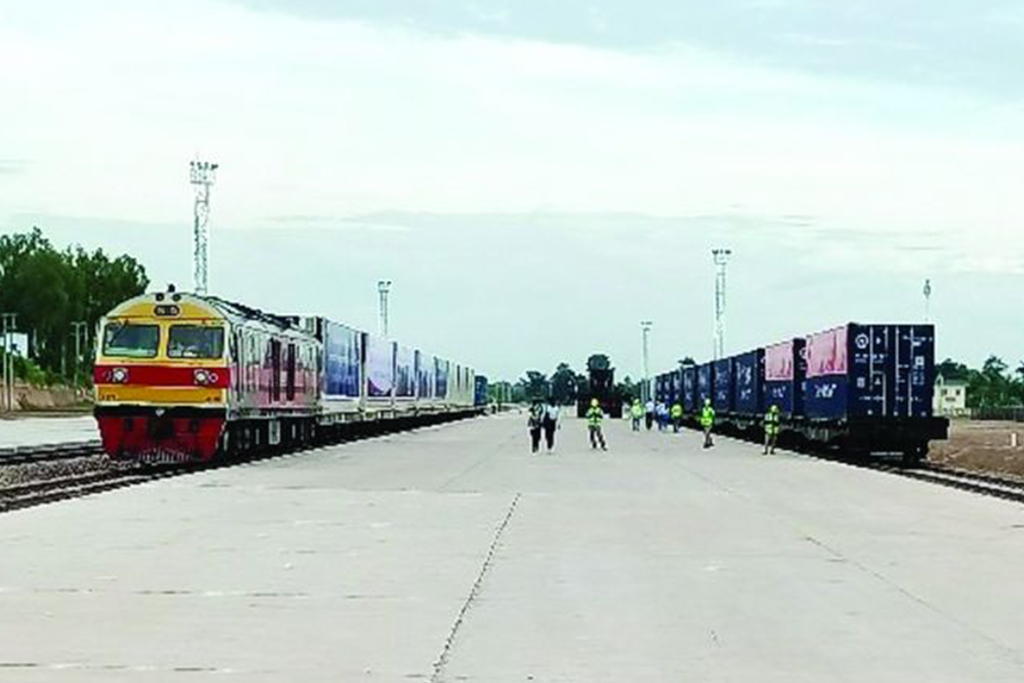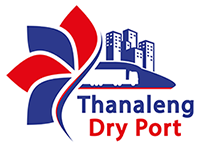
Borikhamxay seeks lessons from Vientiane Logistics Park over its planned dry port
Authorities in Borikhamxay province are drawing on the lessons learnt by the Vientiane Logistics Park (VLP) and its associated Thanaleng Dry Port as they make plans to build a similar cargo transshipment hub.
The province is set to house one of nine dry ports which the government plans to build to facilitate logistics and spur regional trade and investment.

The province’s Deputy Governor in charge of economic affairs, Mr Bounseng Pathammavong, and his team on Tuesday toured the Vientiane Logistics Park to learn how the country’s first-ever integrated logistics system is improving logistics services and bolstering economic development.
Head of the Investment Promotion Unit at VLP Co., Ltd., Ms Viphalath Jinnalard, briefed the group about the US$727 million project, which is being developed on 382 hectares of land.
Open for service since December 2021, the dry port functions as an international freight checkpoint.
Over the first four months of this year, the dry port provided import-export and transit shipment services for 11,092 twenty-foot equivalent units (TEU), which were mostly carried by rail.
Of the total TEUs, 85 percent contained goods for import and export across the Laos-China border, 14 percent involved imports and exports across the Laos-Thailand border, and the remaining one percent was shipped directly through Thailand’s and China’s railways.

It is estimated that about 2 million containers a year until 2030 will be shifted through the Thanaleng Dry Port and Laos-China and Laos-Thailand railways, according to market research.
Based on this estimation, the VLP is projected to generate about US$400 million (US$200 from each of the 2 million containers) in direct revenue to the state budget each year.
Ms Viphalath said the logistics park is part of the packaged Lao Logistics Link project, which also includes a planned railway to link the Lao capital Vientiane to Vung Ang seaport in Vietnam’s central Ha Tinh province via Borikhamxay and neighbouring Khammuan province.
The railway, the seaport and a planned logistics park in Khammuan are also part of the Lao Logistics Link, which the Petroleum Trading Lao Public Company (PetroTrade) has been authorised to partner with the Lao and Vietnamese governments in developing and operating.
Through the seaport and railways, Borikhamxay will eventually link to logistics hubs and transport networks in the region and beyond.
The logistics project in Vientiane and the lessons learnt by the developers will support Borikhamxay’s attempts to maximise its development potential.
By 2030, provincial authorities hope that Borikhamxay will have become an important economic corridor and freight transit centre.

The province’s strategic location, which offers the shortest transport route between neighbouring Thailand and Vietnam, perfectly positions Borikhamxay to become a freight transit hub.
The fifth Laos-Thailand Friendship Bridge across the Mekong, which connects Borikhamxay and Thailand’s Bung Kan province, is expected to be complete in 2023, which will add fuel to this effort, the deputy governor said.
“We have created every condition possible to (make Borikhamxay) become a logistics hub,” Mr Bounseng said. The deputy governor expressed heartfelt thanks to Mr Sila Viengkeo, Vice President of the Executive Board of Trade and Regulation of PTL Holding Company Limited – the mother company of PetroTrade – for welcoming his delegation and sharing lessons learnt.


